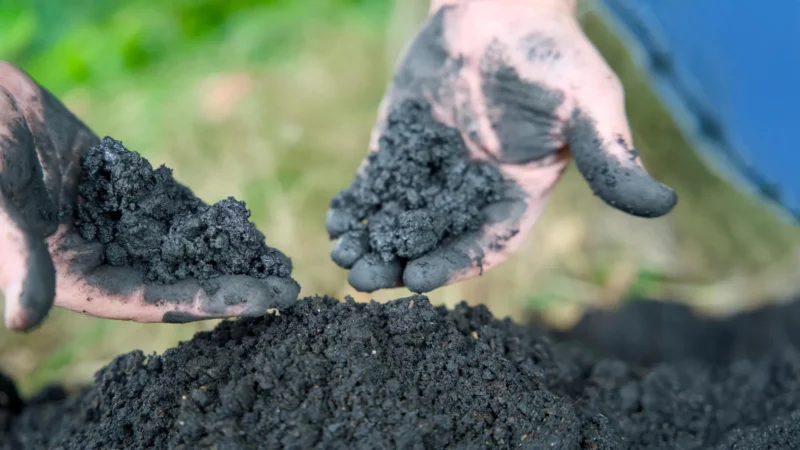Summary Points
-
Active Degradation Capability: Biochar not only adsorbs pollutants but actively degrades them through direct electron transfer, accounting for up to 40% of total pollutant removal.
-
Enhanced Efficiency: Key features like C-O and O-H functional groups, along with a graphitic carbon structure, supercharge biochar’s electron transfer abilities, making it a highly effective pollutant destroyer.
-
Sustainability Advantage: Biochar retains its degradation power after multiple reuse cycles, highlighting its long-term stability and reducing the need for additional chemicals in water treatment.
-
Revolutionizing Water Treatment: This research redefines biochar’s role in environmental engineering from a passive filter to an active participant in cleaning, paving the way for innovative and efficient water purification solutions.
The Electron Ninja: Biochar’s Secret Power
Biochar has always been known for its ability to trap pollutants, much like a sponge. However, recent research reveals that biochar possesses an even more remarkable capability. Instead of simply adsorbing contaminants, biochar can actively degrade them on its own. This breakthrough comes from advanced studies that demonstrate biochar’s ability to transfer electrons, effectively dismantling organic pollutants without needing additional chemicals. In fact, up to 40% of pollutant removal occurs purely through this direct degradation process.
What’s more, not all biochar works the same way. Researchers identified key features that enhance its electron transfer abilities: specific functional groups serve as handholds, and a unique carbon structure allows electrons to travel swiftly. The findings show that even after repeated use, biochar maintains nearly full degradation power. This establishes its practicality and longevity in water treatment solutions.
A New Era for Environmental Engineering
The implications of this research are profound. Biochar can transform wastewater treatment processes significantly. It reduces the need for hazardous chemicals, lowers operational costs, and minimizes sludge production. This innovative approach signals a shift toward greener and more efficient water purification methods.
As global pollution remains a pressing concern, studies like this pave the way for smarter solutions. By redefining how we utilize biochar, we can create targeted applications for water crises. In a world striving for sustainable development, understanding biochar’s full potential can lead to cleaner water and healthier ecosystems. Society stands on the brink of an exciting new phase in environmental engineering, where science holds the key to practical solutions for cleaner futures.
Stay Ahead with the Latest Tech Trends
Learn how the Internet of Things (IoT) is transforming everyday life.
Discover archived knowledge and digital history on the Internet Archive.
TechV1

